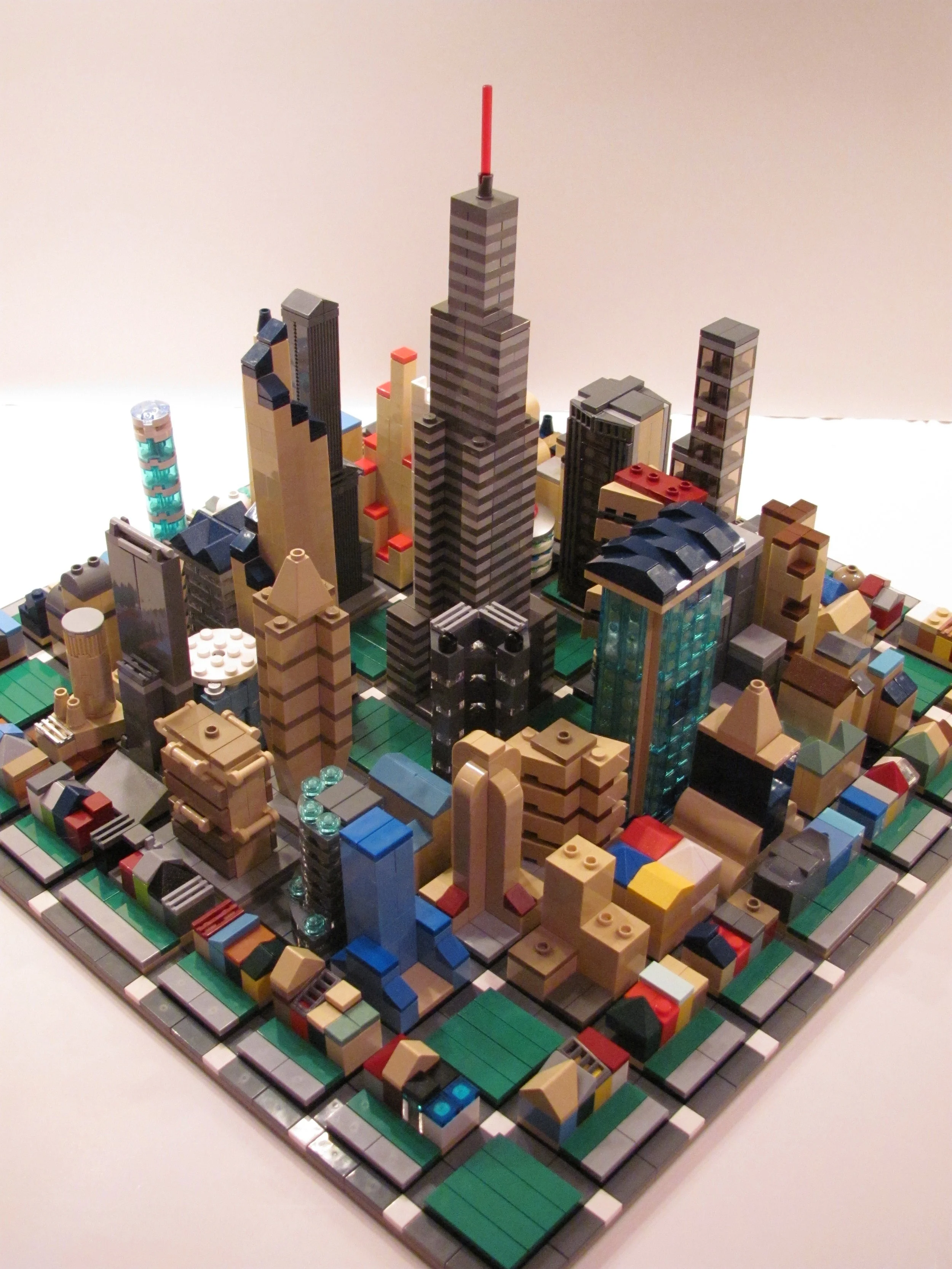Issue 2: "Place" [a letter from the editor]
This is kind of a magazine cover.
ONE.
The following is a modified version of the prompt sent out to the writers for this issue.
It is about a topic I greatly enjoy.
TWO.
In my job, the idea of Place comes up a lot, but in the very specific context of “placemaking”. Place seems like a very oblique and abstract term, but for economic developers, it boils down to some very specific variables: low business taxes, access to electricity, water and (now) wifi. If investors are in town, you’ll need hip brewpubs to take them out to eat, perhaps a sports team and a thriving downtown area which is walkable, bikeable, and Uber-able. Placemaking is the cover photo on your geography’s Facebook page. Placemaking is trying to incite Instagram-FOMO in every other city in the country.
But let’s get more personal.
I’m at the point in my life where I’m thinking a lot about Place, specifically in terms of cities, and weather, and politics. How do you decide where to live? Thus far, this has either been determined by my parents’ employment or my choice of college, which was of course a choice made under duress by an emotional 17½ year old. But now I’ve been working for three years, married and with a dog on the way. Is making the decision about where to live now any less...random?
Let’s get broader.
Place can certainly be about our physical locations. How can you get to know a new place (aside from actually visiting, the preferred method)? If you can put your feet on the local pavement, where do you go? To learn about the regional culture, economy, and nomenclature, do you pay money to take tours? Do you wander the streets toll-free? See it from above, finding the highest floor of the tallest building? Or from ground level, ingesting the cold or warm, the air and the sweat and the food?
But for years now, the places we spend our days tend to be less physical. The internet isn’t a place any more so than inside my television set, except that virtual meeting spaces, networking tools, and various chat applications allow us to meet and explore and create with other people across the country (such as, Omakase Magazine). Where is Omakase located? Where did you put your Bitcoins? Where do you keep your latest meme? Being able to describe these intangible spaces is of the utmost importance, yet we haven’t really explored the terminology or lexicon of how this digital space exists on a mass level.
Let’s get deeper.
These digital spaces are no longer just digital. Technology certainly affects our everyday lives, but more and more can dictate our environment, how we move, how we interact with our surroundings. Sure, Pokemon Go or Snapchat are the easy examples, interlaying our digital habits with the real surrounding world. But how about the last time you spent an afternoon in a coffee house that didn’t have wifi? That time you went through a completely new part of town you’d never seen before because Waze told you to skip around the traffic on the highway? Are you interacting with your surroundings differently now than you were ten years ago? Two years ago?
And let’s get back to the surface again.
Place is an interesting word because it allows for a distinct overlap between that which is tangible, physical, and knowable, with ideas, attitudes, cultures, and communities. When someone says they went to Kansas City last summer, you might know where in the world they went, able to pinpoint their journey on a Google Map. Yet, their experience and impression is simply unknowable without some kind of discourse. To gain an understanding of the place (as opposed to the Wikipedia entry of the location), it forces you to interact in some way.
This is perhaps what gets lost with (valuable, don’t get me wrong) tools like Facebook, where you can upload 384,000 images from your trip to Las Cruces in an instant. Captions and comment sections are generally woefully underused in this case. To sound like an old man: remember when you invited over family friends to scroll/flip/click through selected photos, explaining along the way who or what was taking place and how you remember that moment? Slide projectors were largely before my time, and I would say the communal aspect of showing off your most recent trip will be gone to those born after 2000.
So...where do we go from here?
THREE.
Our e-i-c Aaryn offered some great insight when we kicked off Omakase:
Ordering omakase style is giving the chef carte blanche to do something aspirational, something hopefully incredible, to deliver what you didn’t know you even wanted.
While in that instance he was primarily referring to the authors trusting in the judgement of the editors to choose topics which are malleable and offer up lots of room for playfulness and insight, I'd like to think in this upcoming topic, that trust is flowing the other way. Even more so than in Issue One, we've placed our faith in our writers to continue rolling around in the expansiveness of their own ideas, and helping us as editors and you as readers question our own preconceptions.
We hope you'll trust in us to deliver worthwhile and engaging pieces over the next two months, so that maybe we'll all come to know this Place a little bit better.
Thanks for reading.

![Issue 2: "Place" [a letter from the editor]](https://images.squarespace-cdn.com/content/v1/57544a60f8baf31c273a237d/1482548027446-4EPRVQS8AZV6CDAZ8TVR/omakase_issue2_cover.jpg)





![Issue 3: "Story" [a letter from the editor]](https://images.squarespace-cdn.com/content/v1/57544a60f8baf31c273a237d/1506959485200-8IRU2JBD2LRPYU2153E1/cover+final+jpg.jpg)